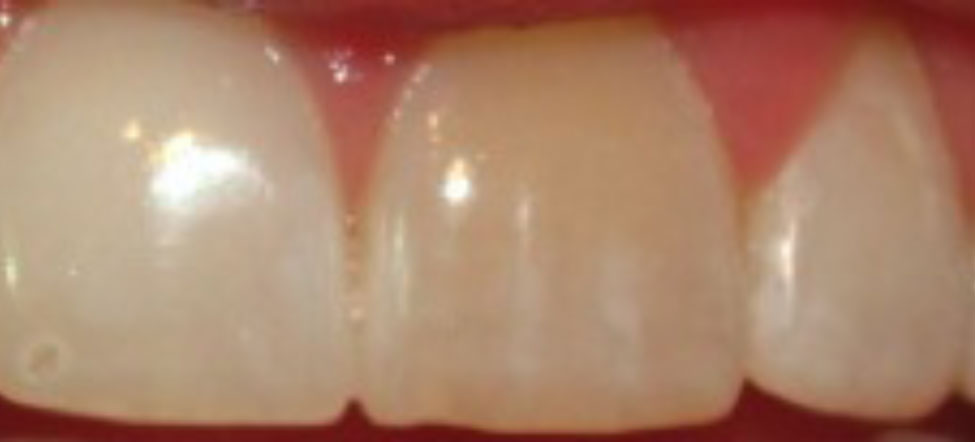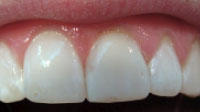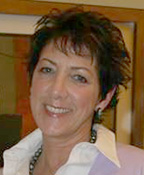 |
|
Harvey Silverman, DMD
|
A good educator is an individual who imparts information and knowledge while using outstanding communication skills. Think back to when you were in college. You probably remember having a professor who had that special gift of sharing information where they not only educated, but inspired. That is the context that I want to address your ability to power educate.
When you are ready to take your cosmetic dentistry practice to the next level, follow these simple suggestions and you will be creating more meaning and significance when you educate patients about the benefits associated with cosmetic dentistry.
1. Never assume patients know what you know. Don’t take for granted that patients know even the most fundamental techniques used when providing elective cosmetic dentistry services. Some may, most do not. Take an extra minute to make sure your patient is on the same page as you are.
2. When it comes to many elective cosmetic dental services, when applicable share the perceived benefit that patients want to hear—that no shots and often no drilling (or minimal cosmetic contouring) is required.
3. Have your team members inform your patients of other real life stories (no names please!) from patients who now have a self-confident smile thanks to your cosmetic dental expertise.
 |
 |
| Figure 1. One noninvasive LifeLike Veneer and in-office tooth whitening. Note: Seamless emergence profile and chameleon ability to match adjacent teeth.Cosmetic dentistry done by Dr. Silverman. |
4. Some patients associate cosmetic dentistry with teeth that looked like they were “fixed.” Team members need to talk with pride about how natural and lifelike your veneers look. Needless to say, use a dental laboratory or create your own noninvasive veneers that provide you with a gorgeous, real lifelike appearance.
5. Team members should help distinguish the doctor’s artistic skills. Your team needs to describe how you are an artist when doing cosmetic cases. An illusionist when it comes to closing in spaces or making uneven teeth look straight. Needless to say this must be based upon sincere feelings they have about your technical expertise.
6. Show before and after photos of cases that you personally did and have team members describe the positive impact the work had on your patient. Make it relevant.
7. Share before and after photos of how each team member has had some cosmetic dentistry done by you, even if it is bonding or tooth whitening. Have your team fill out my Smile Enhancement Form. From anecdotal studies done over many years I have observed that nearly 8 out of 10 team members still have at least one tooth they would like to have cosmetically enhanced. Surprised? Establish with your patients that your team trusts you enough to do their work too.
8. No selling is ever used or needed. However, power educating requires sincerity, conviction, enthusiasm and a sense of mission. That’s what we focus on when we teach dentists and team members how to power educate patients.
9. Share how your office has a lot of experience when it comes to smile makeovers—from subtle to major transformations. Don’t hold back. Whenever possible show examples of subtle changes. Most patients can relate to subtle improvements than dramatic transformations – and they can afford to have the work done as well. For example providing 1 non-invasive veneer with in-office whitening can make a significant improvement as demonstrated in the above photograph. Our Boot Camp philosophy is “the best cosmetic dentistry is often the least cosmetic dentistry that provides our patients with more self-confidence when they smile.” If you agree with that approach start to implement it as soon as possible.
10. Encourage smile previews using either computer imaging or a chairside mock-up. In either case have your team members inform your patient that they “hope” that the patient will be a candidate and if they are, your team members are confident that your patient will love the final result. One note of caution: conventional mock-ups can take a lot of time to do. That can be frustrating and not very practical when you have a full schedule. In future articles in Denitstry Today I will share with you some suggestions on how to simplify the “Smile Preview” procedure.
The goal of the series, Silverman On Smiles, has been to share with you some of the successful strategies dentists use after participating in my Cosmetic Dentistry Boot Camp Program. I hope that you are able to extrapolate some of the suggestions that work for you and that they ultimately benefit your patients. If you have any questions that you would like me to address in a future article in this series, please send them to me at incrediblesmiles@aol.com.
Dr. Silverman has been successfully coaching dentists on how to expand their cosmetic dentistry practice since 1984. If you want to take your cosmetic practice to the next level or want more information about the Silverman Institute’s Cosmetic Dentistry Boot Camp Program, please contact him at (216) 256-4599 or e-mail him at incrediblesmiles@aol.com.









